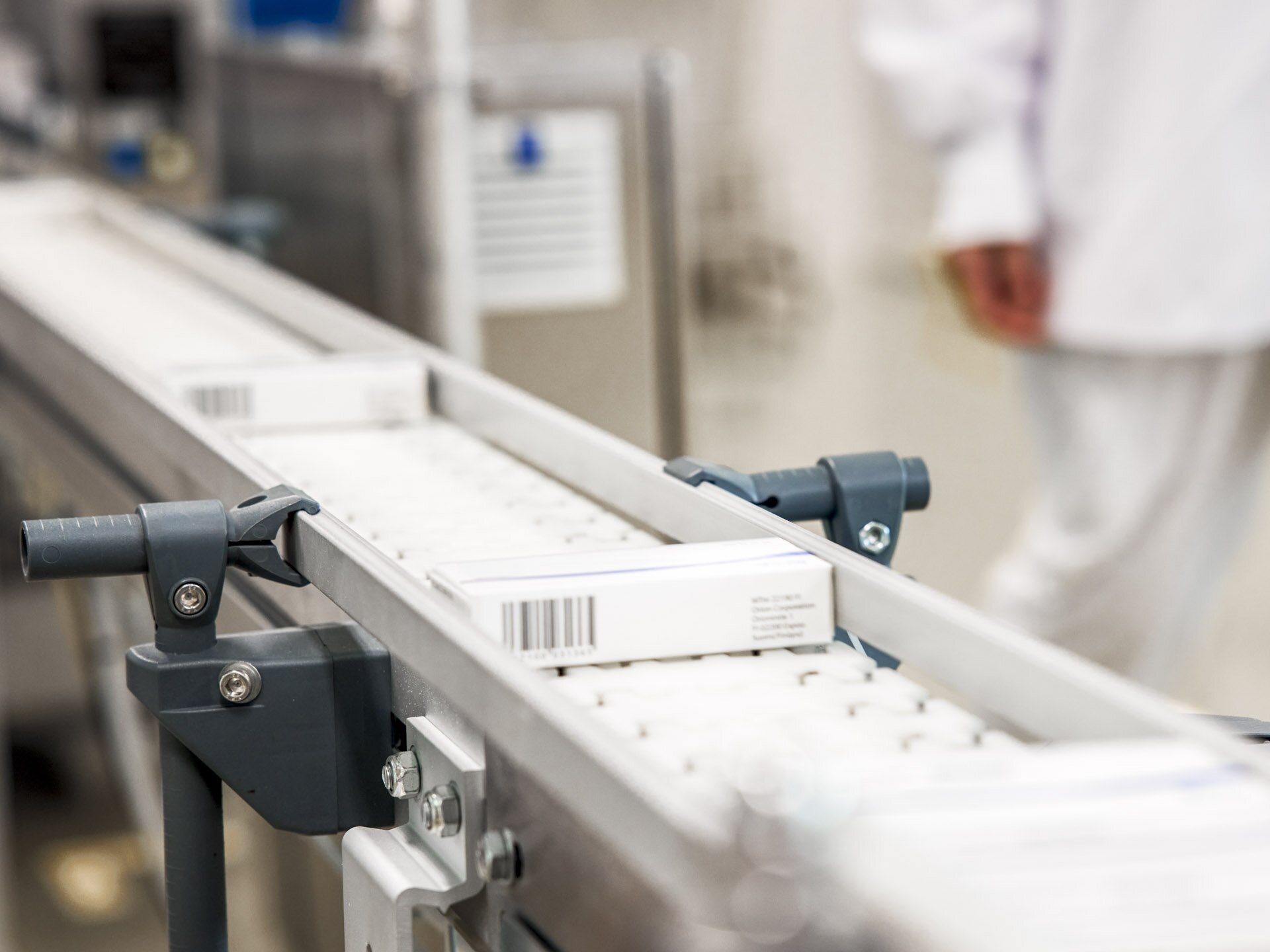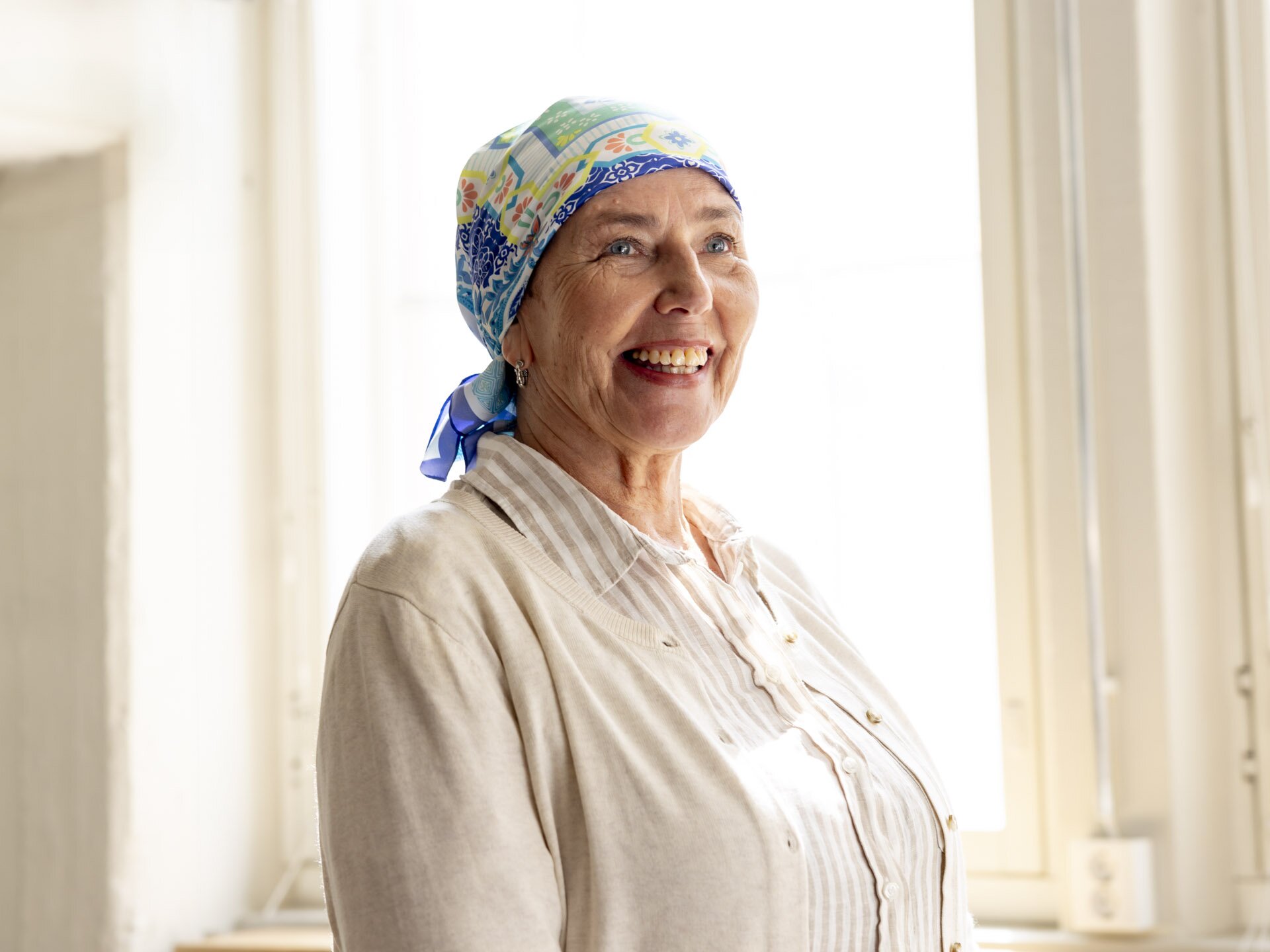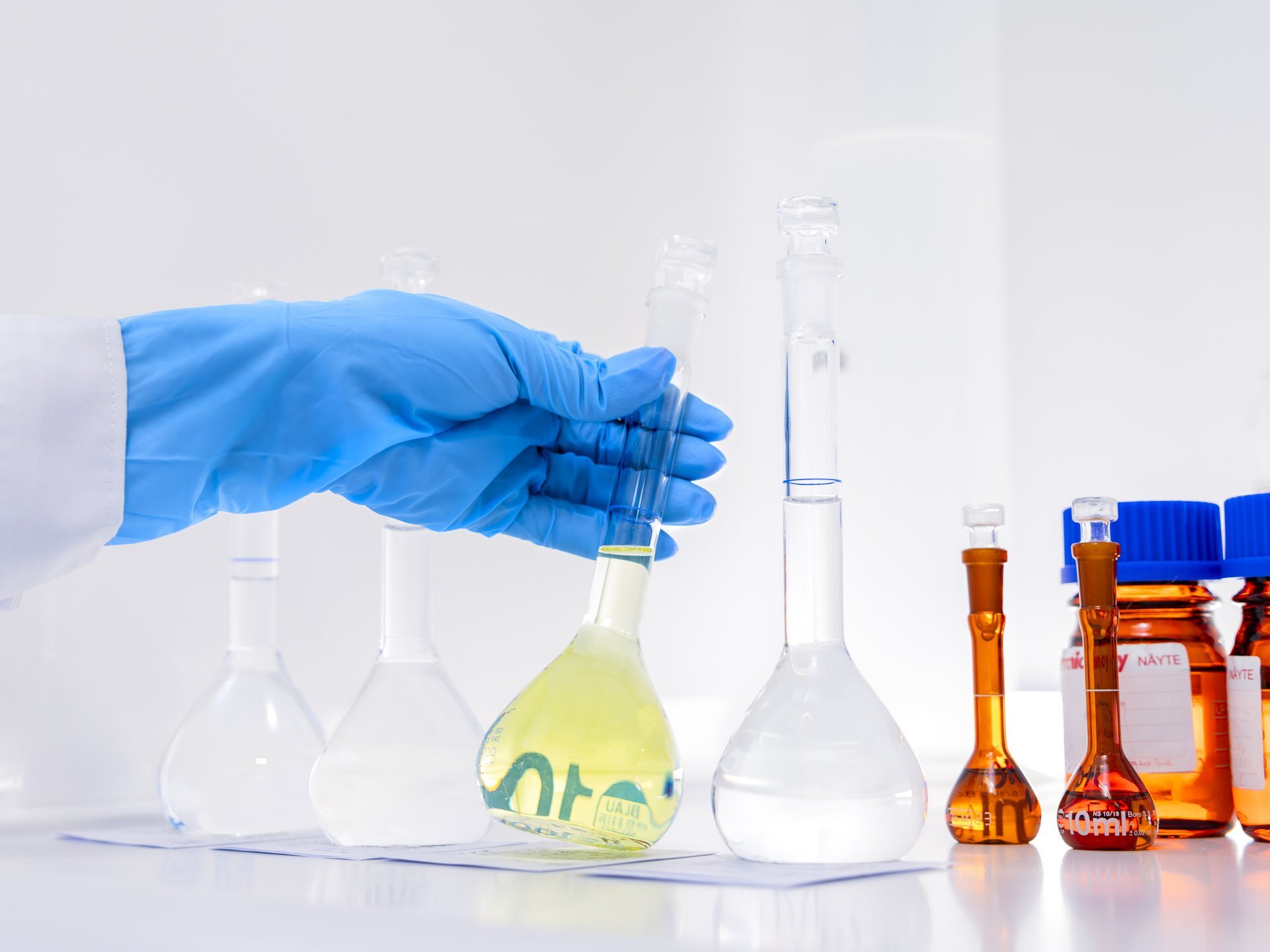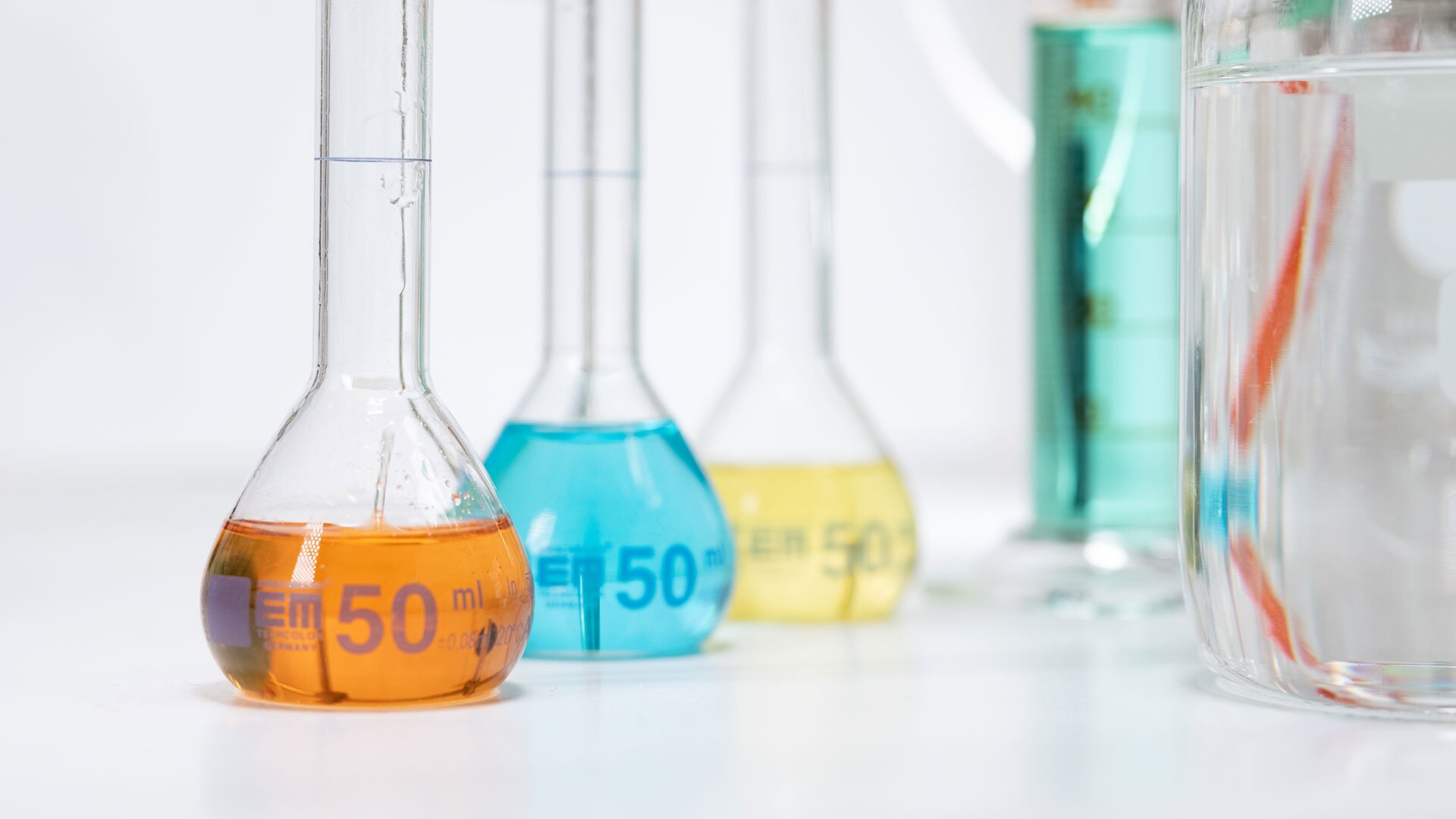According to the National Institute for Health and Welfare, patient safety means providing the patient with the right treatment at the right time in the right manner so that the treatment causes as little harm to the patient as possible. Appropriate products and correct medication are a central element in this entity.
“Patient safety is much more than avoiding patient safety incidents. The aim of modern patient safety work is to examine and learn how safe organisations and teams operate – not unlike in aviation where efforts to improve passenger safety have been highly successful,” says Maiju Welling, Patient Safety Physician at the Patient Insurance Centre.
“The safe processes should form part of the operative foundations for healthcare. Naturally, we also need safeguards to prevent mistakes and accidents from happening.”
Safe drugs and safe medications are both important
Drug safety and medication safety are two sides of the same coin. Drug safety is to do with the pharmaceutical product while medication safety concerns the way it is administered and used.
“Drug safety is controlled through marketing authorisations. To obtain a marketing authorisation, the pharmacological properties of a drug must be known, it must be manufactured in compliance with quality criteria and the packaging and the information provided with the product must be accurate and informative. Adverse effects are monitored throughout a product’s lifecycle,” Welling says.
“Medication safety, however, is the concern of the entire treatment chain, starting from the doctor prescribing a drug to the administration of the drug to the patient or the patient taking the drug themselves. Every link in the chain has the responsibility to ensure that the patient is not given the wrong drug or an ineffective drug, the wrong dose or someone else’s medication.”
The patient has the duty to give information and ask questions
Patients also carry some responsibility for the safety of their own treatment.
“For the treatment to be safe, the patient and the doctor must understand and engage with each other. The doctor is in charge of the medication and must prescribe appropriate drugs that are as safe as possible. The course of treatment should be selected listening to the patient as closely as possible, as the treatment will be pointless if the patient doesn’t take the drug because of the price of the product or because they don’t understand the purpose of the prescription.”
The patient should be honest with their doctor about all aspects relevant to medication. In particular, if a patient uses several drugs at the same time, one practical way of ensuring one’s own medication safety is to take an up-to-date list of medication and self-care products, including natural remedies, to the doctor’s appointment.
“The doctor cannot be aware of all the products the patient is currently using and for what purpose. If the patient is unsure what some products are for, they should ask their doctor or other healthcare professional for clarification. A medicine that is not useful is harmful,” Welling says.
“I would encourage patients, customers and their family members to ensure their medication safety. Naturally, this does not in any way exempt healthcare professionals from their responsibility.”
Report adverse effects
Drug manufacturers have studied and tested the efficacy and safety of a drug in the long and thorough market authorisation process. However, the control continues after the drug hits the market.
“Professionals have a duty to report any adverse effects observed to the Finnish Medicines Agency, Fimea. Patients are also welcome to report their findings. Reporting is particularly important if the adverse effect is serious, it was not mentioned in the package leaflet or the product is new to the market.”
Based on these reports, the safety information of the product is updated if necessary. If the adverse effects of a medicine outweigh its benefits, the use of the product may even be restricted. Fimea’s website contains relevant instructions as well as a wealth of other useful information.
Ethical marketing by drug manufacturers is also a central safety factor.
“The role of marketing and information offered at pharmacies is heightened in the case of over-the-counter self-care products. In Finland, the situation is well under control.”
Safety culture has room for improvement
Finnish healthcare has relatively sound safety practices, according to Welling. However, patient safety incidents and near misses occur too often, although they seldom lead to anything serious.
“There is also plenty of room for improvement in institutions run by the social services sector, where the staff are closely involved in the residents’ medication. The standard of care as such may be high, but safety culture and quantifying patient safety are still fairly new things in that field.”
Of the applications received by the Patient Insurance Centre last year, a quarter led to compensation.
“Medicine always involves an element of risk and complications happen even when nobody has done anything wrong. It may sometimes be difficult for a patient to tell whether their negative experience is due to their illness rather than to substandard care.”
Maiju Welling serves as a Patient Safety Physician at the Patient Insurance Centre, and her position is the first of its kind in Finland. She participates in many aspects of patient safety work, both within the Patient Insurance Centre and nationally. She also evaluates patient injury cases as an expert physician.











